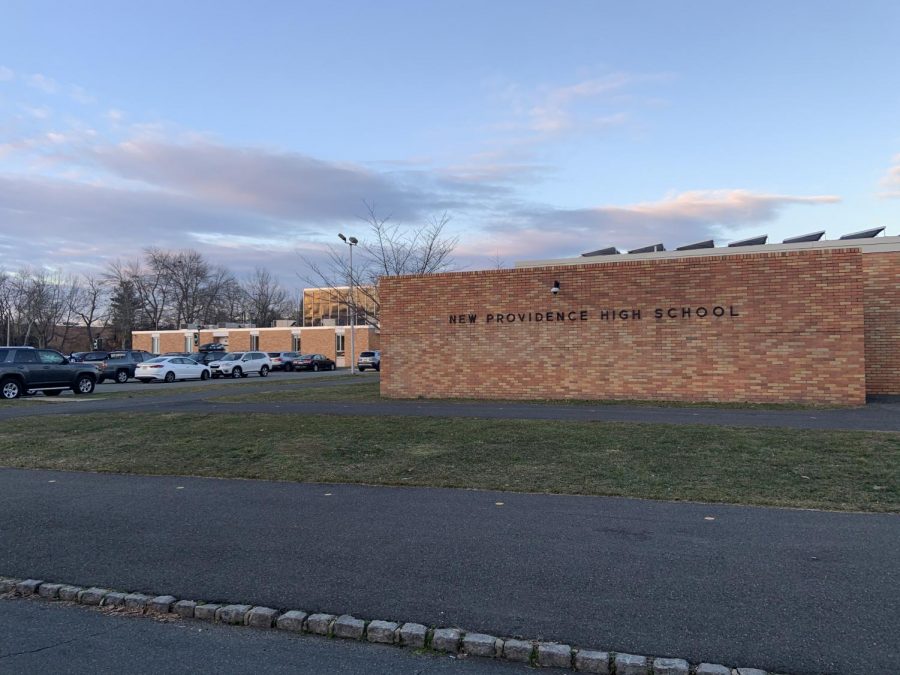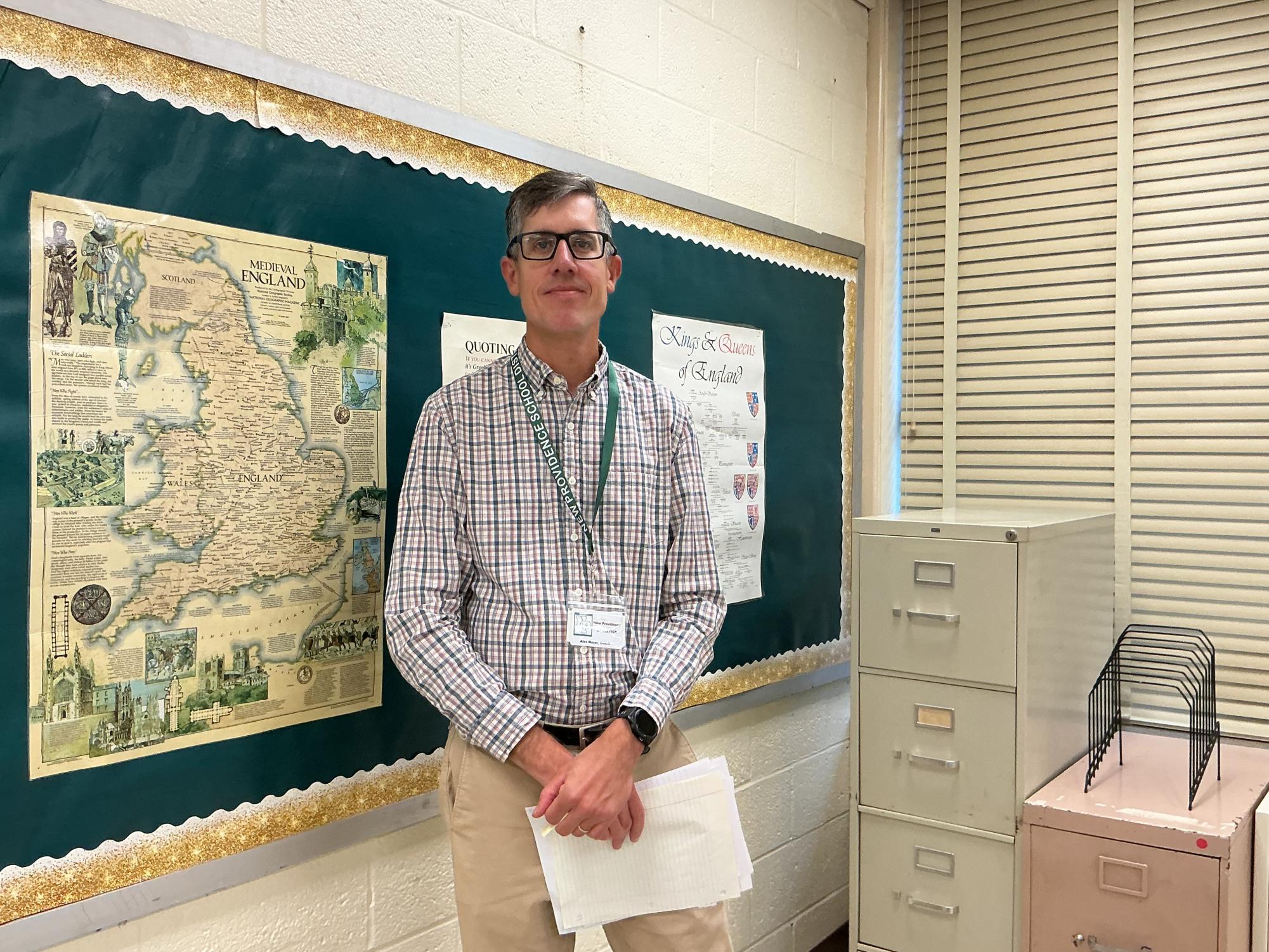Switching to Year-Round School is a Mistake, and Here’s Why
January 21, 2021
In recent years, the debate to have school last the entire year, with shorter breaks every few months, has arisen. Instead of the traditional school year with a two month summer break, many school boards across the country have endorsed a schedule that includes students being in school for the entire year, but with a couple weeks of breaks every few months. Although this schedule does have its benefits, like providing structure and helping students remember the past year, it ultimately is not worth the loss of valuable summer time that most American schools, including NPHS, currently enjoy.
If the year-round schedule were to be adopted, there would be many transitional breaks created in the school year. Most such programs go by a 45-15 schedule, where the students are in school for 45 days, and then have a three week break. Because of this, the teachers have to reteach topics to their students after each break.
The Department of Education recognizes that students lose information in all breaks they receive. The year-round program hopes to minimize the amount of information lost during the summer time, but with so many breaks in the school year, it isn’t actually effective.
In New Providence, the school schedule has been carefully crafted to allow for a lot of camps and extracurricular activities during the summer. The long break allows for longer programs, like month-long sleep away camps or vacations. If the school system were to change, these programs would be at risk. In general, the two month gap allows for a separation of school years, and allows students and staff to rejuvenate themselves.
Specifically for teenagers, the summer break is an extremely valued time of opportunities. Many teens become employed during this time period, as they get local summer jobs. Summer internships are also great opportunities for young adolescents, as it provides much experience without the school time to worry about. Shortened summer breaks would limit the opportunities for these teenagers, which is acknowledged by the Congressional Research Service.
Additionally, having a year-round school schedule is more expensive than the current schedule set in place. The staff would have to be paid year-round, and the school building would need more funds to heat and cool the school. This increase in utility bills would negatively affect the school, and could impact the amount of money provided in other areas of the school’s budget.
The year-round school schedule clearly has flaws that would negatively affect life in New Providence, which is why it shouldn’t be adopted any time soon.


















